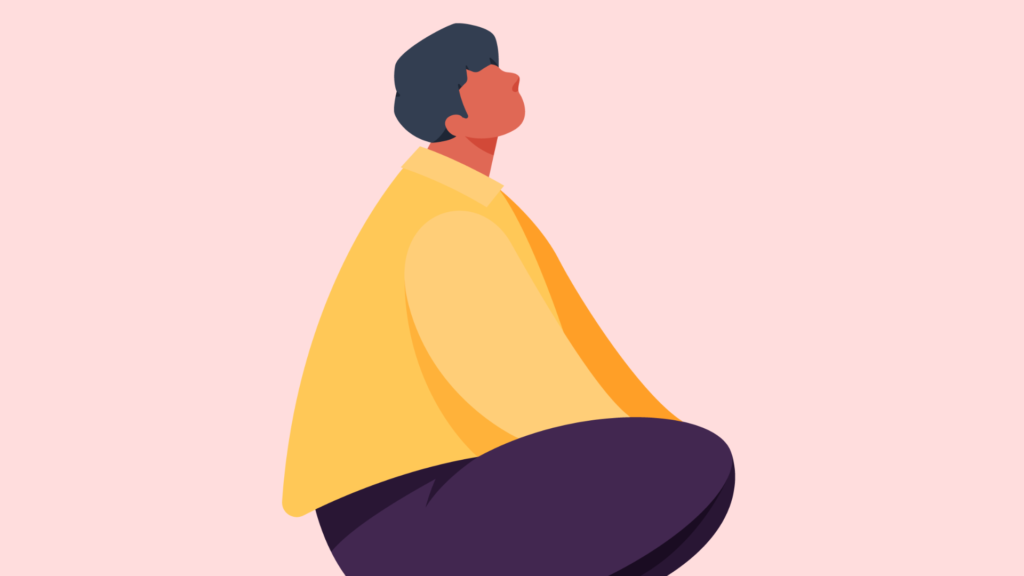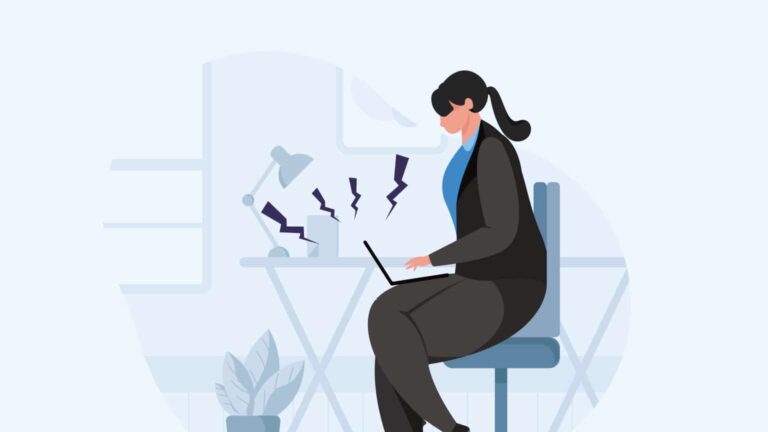Why should I practise short mindfulness exercises?
Mindfulness is a way of focusing your attention so that you become fully aware of the experience you’re having in the present moment. In a previous article, we explained how mindfulness can benefit you. In this article, you will learn about incorporating short mindfulness exercises into your everyday life.
A lot of people assume that to reap the benefits of mindfulness, you need to spend a lot of time sitting still with your eyes closed. This can become a barrier for people looking to take up a mindfulness practice who may think, Where am I going to find the time? In reality, you can focus on short mindfulness exercises that can be easily incorporated into your everyday practice.
Pia Linden, a psychologist at OpenUp, coaches clients in mindfulness practice and is excited to share short mindfulness exercises and techniques with you. Because being mindful and fully present in the moment is often about the little things.
5 short mindfulness exercises you can do anywhere
Pia: “I like to help dispel the myth that mindfulness is just about meditation. Mindfulness is based on three fundamentals: Intention, attention and attitude. Theoretically, you can be ‘mindful’ without ever practicing meditation. And even though meditation is definitely beneficial and effective, you can still have a mindful experience simply by performing some short mindfulness exercises.”
1. Mindfulness exercise: check-in on your thoughts and feelings
Pia: “This is a great exercise to check in with yourself, notice how you’re feeling, and figure out what you need right now. During this short exercise, you don’t have to do or change anything. For a moment, you let go of everything going on in the outside world and focus on yourself. ”
How you do it:
- Sit comfortably and close your eyes or soften your gaze.
- Focus your attention on your breath. Notice how the air flows in and out of your body. You don’t have to change your breathing, simply become aware of it.
- Next, shift your focus towards yourself. Ask yourself the question: ‘How am I doing today?’.
- Notice if any thoughts, feelings or physical sensations are present. Once again, it isn’t necessary to change anything, nor is that the aim. Simply observe what is present in the moment, without judgement.
- Finally, you can ask yourself: ‘What do I need right now? What can I do for myself now or later (for example, after work)?’ Maybe something will come to mind, but if it doesn’t, that’s also fine.
- Take three deep breaths to complete the mindfulness check-in.
- Then calmly, at your own pace, come back to the room.
👉 Want to practise more? Follow the full mindful check-in here.
2. The mindfulness anchor exercise
Pia: “This is a great exercise for anybody, but especially for people who want to practice mindfulness but find it hard to do this in a ‘standard’ way (i.e., meditation). The ‘mindfulness anchor’ is based on a psychological mechanism in which you link a new thought or activity to an existing habit, so that it’s easier to keep it up.”
How you do it:
- Choose a daily activity, such as brushing your teeth, making a pot of coffee, sitting down at your desk, or tying your shoelaces. Use this as a reminder to practice mindfulness. You’re using this routine as an ‘anchor’.
- Each time you do this activity, take a short pause. You can close your eyes for a moment and take three conscious breaths. Then continue what you’re doing, but do it with your full attention. In other words, try to consciously focus on the task at hand. Whenever your thoughts start to drift, make a note of it and bring your attention back to what you’re doing. Try to be fully present.
- You can also challenge yourself by initially doing this exercise every day for a week or two.
🧘🏿 Want to incorporate more mindfulness practice into your everyday life? Read our blog: Six Tips for Living a More Mindful Life
3. Mindfulness meditation exercise to feel connected to your body
Pia: “This is a great exercise for when you want to feel connected to your body. You can do it anywhere: at the coffee machine, but also, for example, while standing on the bus, where it’s especially easy to focus on your balance. This exercise is perfect if you find it difficult to sit still or you’re in a situation where you simply can’t sit down. It’s one of my favourites because it helps you to get in touch with your body and your feelings.”
How you do it:
- Stand upright on both feet and focus your attention on your breath. Breathe in and out quietly a few times.
- Place your feet firmly on the ground and feel the connection between your feet and the earth.
- Now slowly shift your weight to the right. Keep both feet on the ground and try to maintain your balance. Notice how far you can lean towards the right before you lose your balance.
- Then shift your weight to the left and repeat the same process. Then do the same towards the front. And then towards the back. Repeat this as many times as you like.
- Then notice how throughout this exercise you have focused your full attention on shifting your weight and keeping your balance.
Also interesting 💡 Follow this body scan exercise for more peace (5 min.)
4. Breathing exercise: mindfulness meditation for calmness and relaxation
Pia: “This one is extremely simple, but so effective. Our breath is our most powerful tool for activating our parasympathetic nervous system for rest. I’d also recommend this in situations where you’ve been ‘triggered’ and have a tendency to react on autopilot. This exercise helps you quickly take a step back from the situation and calm yourself down.”
How you do it:
- Sit comfortably and close your eyes or soften your gaze. Let the outside world fade away.
- Now take a slow, deep breath. Breathe in a way that feels comfortable and natural to you.
- See if it feels good to breathe in through your nose and exhale slowly out through your mouth, as if you’re blowing out a candle. Then try to gently extend your exhalations.
- Slowly breathe in and out, and repeat five to ten times.
- Then calmly, at your own pace, come back to the room.
Want to try some quick guided mindfulness techniques? 🧘🏽 Try these 5 breathing techniques for relaxation (under 5 minutes)
5. Short mindfulness practice to connect to the present moment: The 5-4-3-2-1 exercise
Pia: “This exercise helps to bring you back to the present moment and refocus on the world around you. The 5-4-3-2-1 exercise is effective if you tend to overthink and easily get swept up in your thoughts, or if you’re in a situation where you want to stay connected to the world around you. I sometimes do this when I’m on my bike, just to appreciate my surroundings.”
How you do it:
- Wherever you are, calmly take a look around you.
- Then calmly name the following: five things that you can see, four things that you can feel, three things you can hear, two things you can smell, and one thing you can taste.
- Notice how it feels to bring your attention back to the here and now.
- As a side note, this exercise also works well with colours. Look around you and focus on the colours in your surroundings. Can you see anything green? Anything blue? Anything red? Are you then able to detect different shades of these colors, for example something light green or dark green? It becomes about shifting your focus to the world around you, instead of staying with the thoughts in your head.
Try the 5-4-3-2-1 exercise for yourself here 👇
Do you want to learn to live in the moment more often?
👉 Also follow free mindfulness group sessions via Spaces to OpenUp






